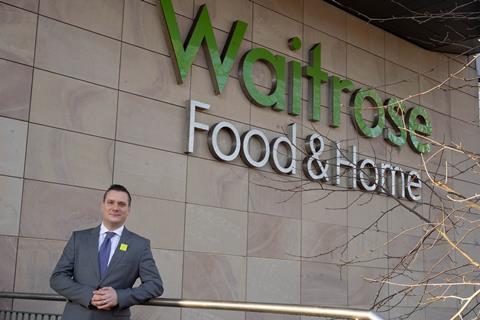
Winner: Waitrose Meanwood, Leeds
Duty manager: Steve Cartwright
Opened: 2010
Size: 27,000 sq ft
Market share: 8%
Population: 533,143
Grocery spend: £12,074,571
Spend by household: £54
Nearest rivals: Aldi 0.2 miles, Asda 1.7 miles, Co-op 1.1 miles, Iceland 1.7 miles, Lidl 1.2 miles, M&S 1.6 miles, Morrisons 1.7 miles, Sainsbury’s 0.5 miles, Tesco 1.4 miles, Waitrose 7.4 miles
Source: CACI. For more info visit www.caci.co.uk/contact. Notes: Shopper profiling is measured using Grocery Acorn shopper segmentation. Store catchment data (market share, population, expenditure, spend by household, competition) is within a five-mile radius. For CACI’s shopper segmentation of the other stores we visited this week see our service & availability report.
How long have you been with Waitrose? I’ve been with the partnership since 2004, and this is my first confirmed branch manager role because my last one was a secondment. I’ve been here in Leeds since about June 2020.
This is your second time winning the Grocer 33, correct? Yes, but I was at a different branch: Waitrose Otley. It was actually my last week there. I finished on the Friday or Saturday, and got the call to say I’d won on Monday, but I had already moved branches. So the deputy [manager] stepped in to do the interview in my absence.
How does managing this store differ from managing Otley? This branch is a bit bigger and it’s got a far bigger delivery operation, which takes up quite a lot of time and resource. Otley is quite a stable shop in that the same customers tend to do the same things each week, whereas Meanwood is a bit more vibrant and you see different people buying different things on different missions throughout the week.
What key learnings have you brought from the previous store to Meanwood that have proven successful? The biggest thing is making sure your team is safe and well, because if they feel they’re being looked after by the branch manager and by the partnership, they’ll go above and beyond to make sure they’re looking out for their customers.
How have your online operations grown in recent months? There was always a plan to grow e-commerce before Covid, but we’ve seen our numbers absolutely skyrocket up to capacity since the beginning of the pandemic. As an estimate, we’d see close to 20% of [total] trade coming through our online deliveries.
How about your Deliveroo service? Deliveroo landed at the end of summer last year and it’s taken off really well. Via Deliveroo, we’re doing about 200 deliveries a week, and it’s still in its infancy, so we believe it will grow further. As we’re in a vibrant student area, my team absolutely love it and think it’s great doing all the picks for people, and they like to write messages and kind words on the bags.
Our shopper noted that plant-based product placement was not very intuitive. What do you think could be improved? Plant-based food is rapidly accelerating in terms of sales, both in terms of cash and units, and I think we’re finding our feet as a business as we do that. We’re still seeking to understand whether it’s best to have those vegan products all in one area or have them in a parent group as well – for example, should vegan pasta be in the vegan fixture or the pasta fixture? Or in both? But it’s something we look at more than frequently as a company.
Have you noticed a bump in sales in plant-based from last year? Year-on-year figures would show a huge increase, but that’s the trend right throughout the year so it’s difficult to know if that’s driven by Veganuary, which I’m sure some of it will be, or just generally customer habits changing from last year.
What have been your best sellers this month? Since Christmas, what we’re seeing is a bit of a switch to healthy eating, so the usual increase in healthy foods, fruit & veg and fresh foods.



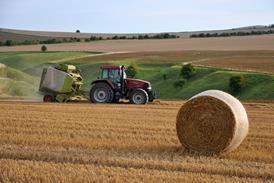



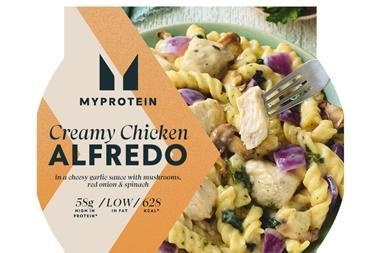

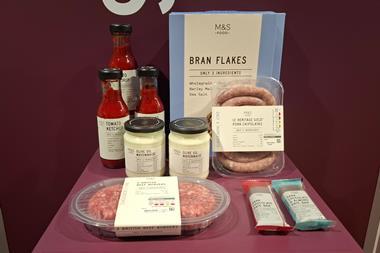





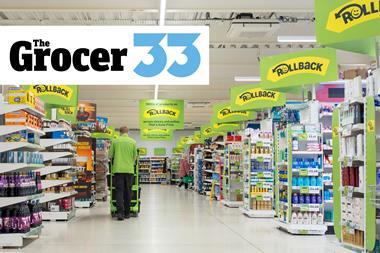



No comments yet